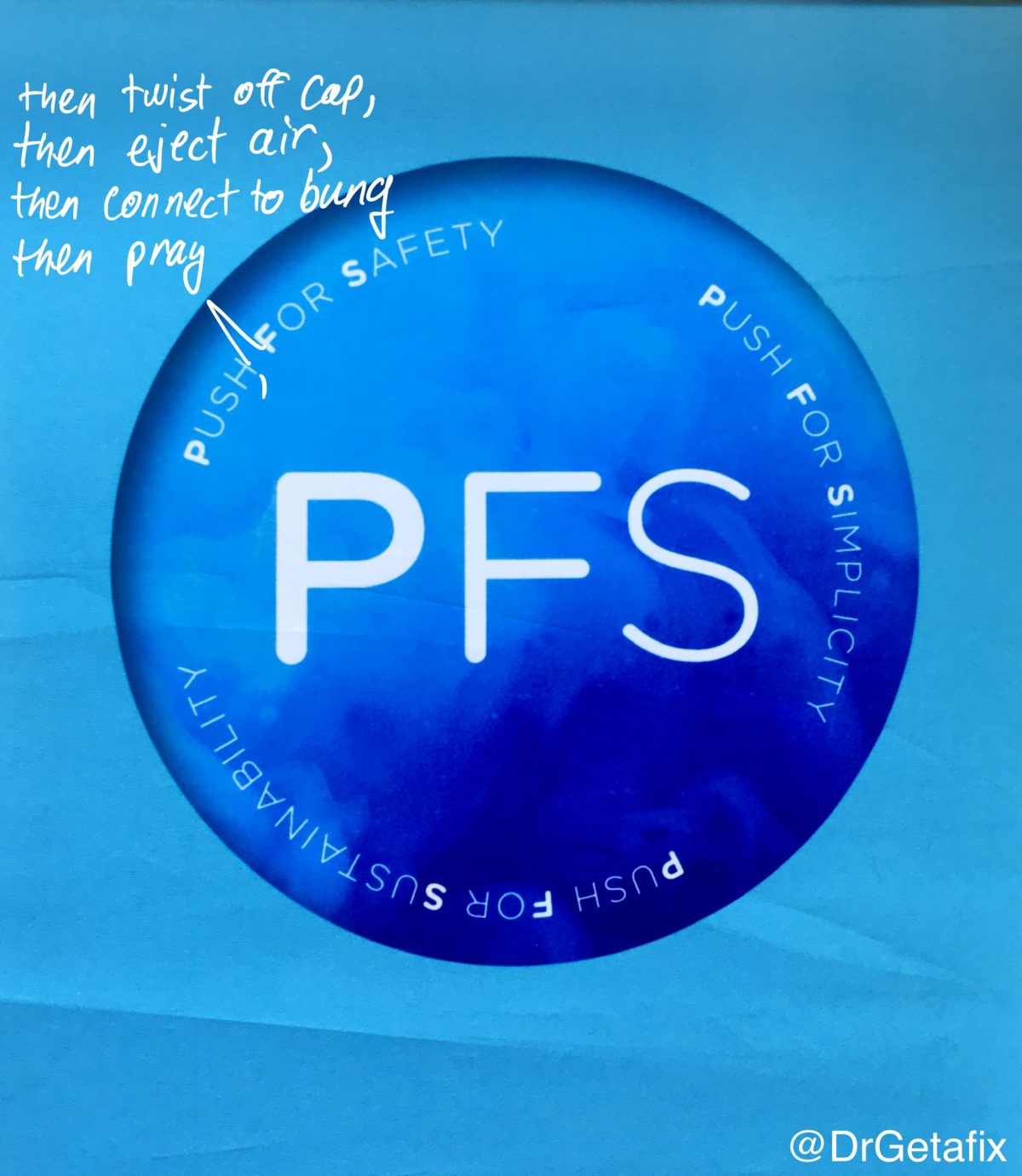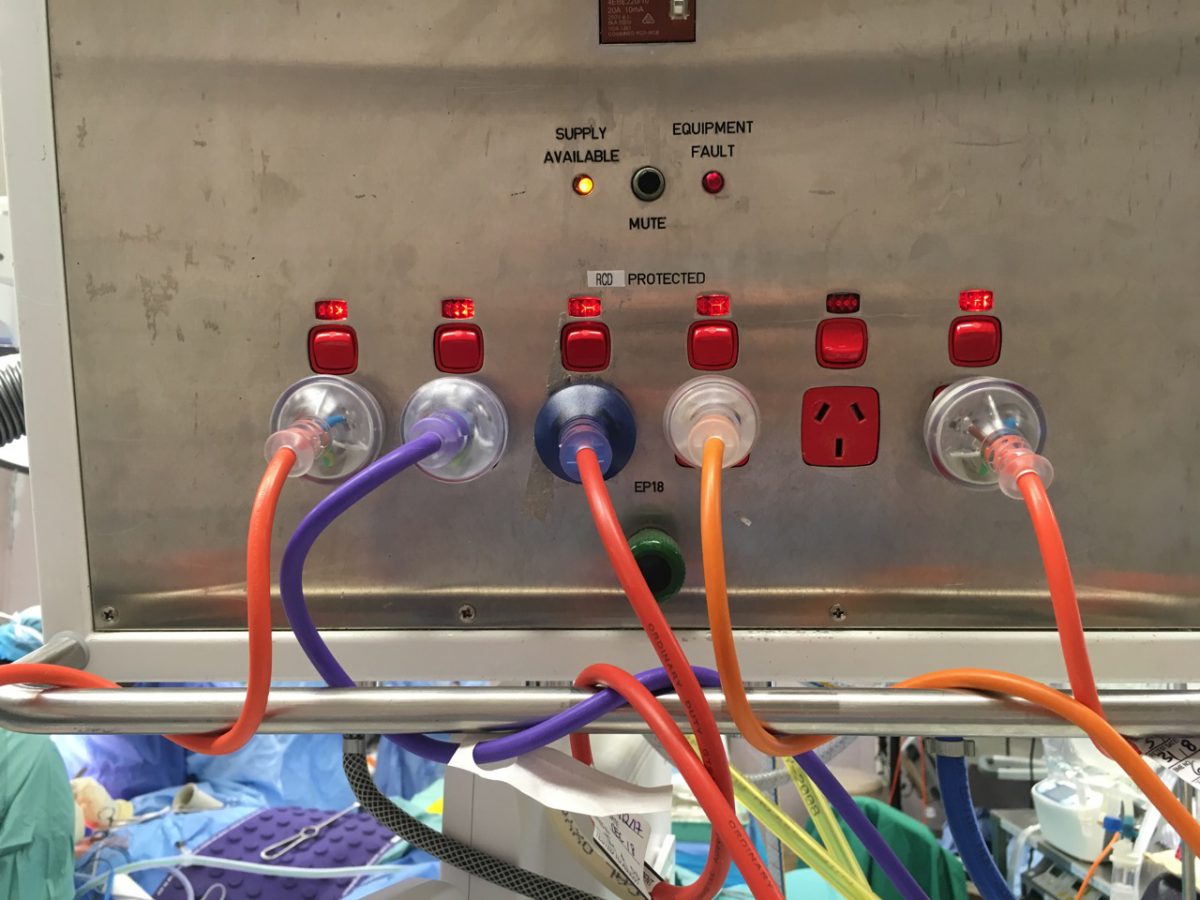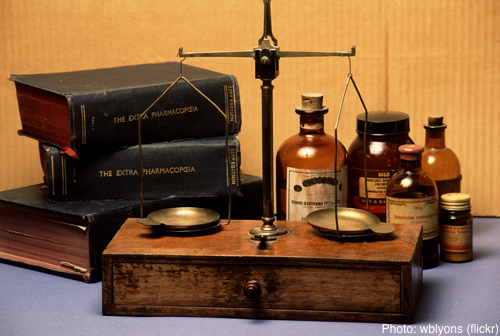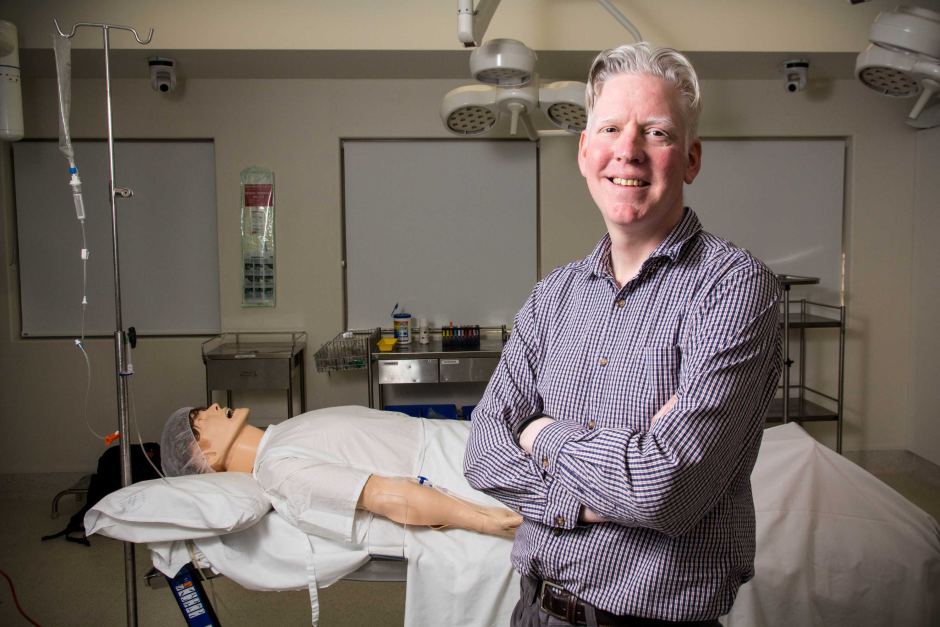Juno recently released a TGA-approved pre-filled syringe containing metaraminol. However, not long after release, multiple issues were identified by anaesthetists who were using them. There was a fair bit of discussion and sharing of information and experiences on Twitter, and many anaesthetists have stopped using them, and some hospitals have now withdrawn them. Several people have contacted me regarding the syringes, and I thought I would aggregate some of the information I’ve collected in one place to make it easy for people to access it if they want to.
Tag: patient safety
A Purple Patch for a Power Problem
Part of my job as an Anaesthesia Quality and Safety Fellow is to monitor reports made though our Anaesthesia Safety Monitoring Project, which allows staff to report latent safety threats, near-misses, faulty or badly designed equipment and pretty much anything that might pose a threat to patient safety. Below is the text of a “Letter to the Editor” that I wrote explaining how we were able to quickly and cheaply respond to an issue highlighted by one of these reports. The letter was published in the Canadian Journal of Anesthesia, and it can be accessed here (login required) or viewed online here by anyone.
“MHR-as-Imagined” vs “MHR-as-Done”
A little while back I wrote a post on my early experiences with MyHealthRecord (MHR), discussed its strengths and weaknesses, and made some suggestions for improvement. At that point, it was still opt-in, but on July 16th a three month phase in period started whereby people can opt-out, before an MHR is created automatically for them. In the lead up to that date, and in the time since, MHR has been the subject of some robust discussion on both mainstream and social media. While the concept itself has been generally well received, there is significant controversy and debate over numerous aspects of the system, the legislation underlying it, as well as the government’s handling of the roll-out. Continue reading ““MHR-as-Imagined” vs “MHR-as-Done””
EHRs: Safety vs Privacy & the ETTO Principle
A little while back I posted about the challenges a family member faced after forgetting to bring their medications when they came to visit us. In that post, I referred to the Electronic Transfer of Prescriptions (eTP) and I’ve now taken a closer look at this system and discovered some useful features, but also significant room for improvement and expansion.
Continue reading “EHRs: Safety vs Privacy & the ETTO Principle”
What’s in a name?
As part of my job, I have a monthly safety spot at our departmental M&M meetings. Here is a modified version of one of the presentations discussing the importance of knowing, and using, people’s names. If you would like to download a copy of the slides, you can do so here here.
What’s in a name? from Dr Getafix on Vimeo.
The “names-on-caps” idea came from Rob Hackett and then went viral after Alison Brindle started the hashtag #TheatreCapChallenge.
Breathing System Filters
The following is a report that I wrote for our Anaesthesia Equipment Committee at John Hunter Hospital in June 2017, after concerns were raised about differences in performance of different filter types, and the possible cross-contamination risks resulting from this.
Introduction
It has long been known that breathing circuits are a potential source of cross infection between patients . Of particular concern are hepatitis C and tuberculosis . Eliminating this risk altogether seems unlikely, but there is ongoing debate about how best to reduce the risk, while also being conscious of financial and environmental concerns . The use of breathing system filters (BSF) is one approach that has tried to address some of the concerns, and the presumption that they protect the anaesthetic circuit from contamination by the patient and vice versa has led to the widespread adoption of BSFs as a way to reduce cost and waste by facilitating the reuse of the same circuit for multiple patients . However the practice is not universal , and no BSF is 100% effective at preventing contamination . Furthermore, as with any piece of medical equipment, the risks associated with the use of BSFs need to be considered along with their benefits . Many manufacturers now produce circuits that are approved for use for up to 1 week as long as a new BSF is used for each patient . This is the current policy at John Hunter, with the proviso that the circuit is changed immediately if it is visibly soiled, has been used for a patient with a multidrug-resistant organism, or is excessively wet. If we assume this practice will continue, then the question that needs to be answered is which filter will best protect the circuit from contamination, and that question is the main focus of this report.
15 Minutes of Fame
I’ve previously made it into the news a handful of times as a result of my melanoma and immunotherapy treatment. It was nice to make it in this time for something other than having cancer!
‘Human factors’ science turns to tackle improving outcomes in hospitals
‘Human factors’ science turns to tackle improving outcomes in hospitals

Research is underway looking at how ergonomics impacts patients in hospital with the aim of boosting the provision of care.






